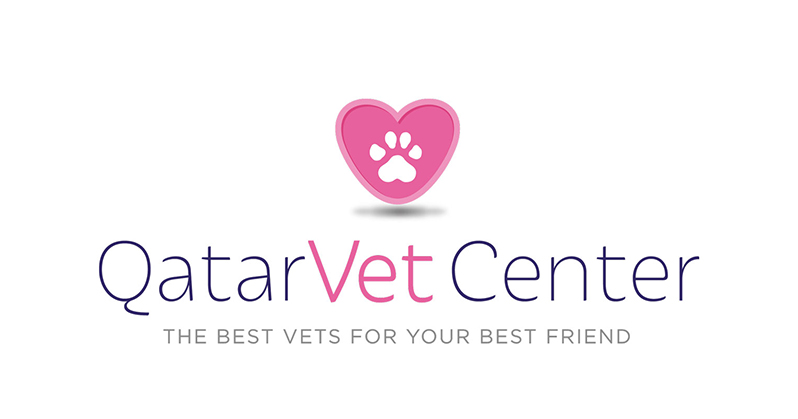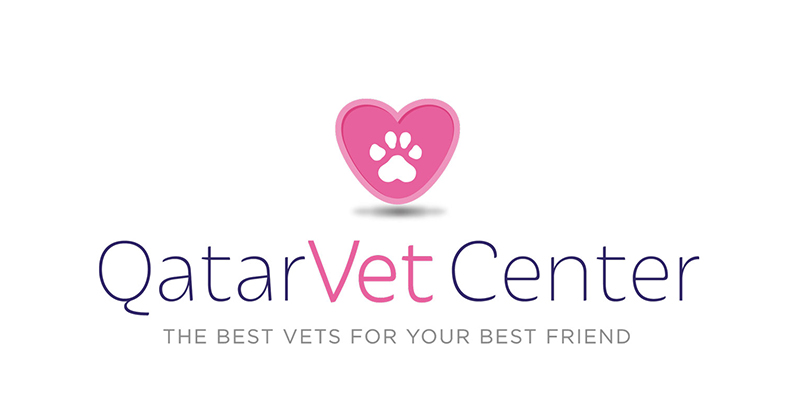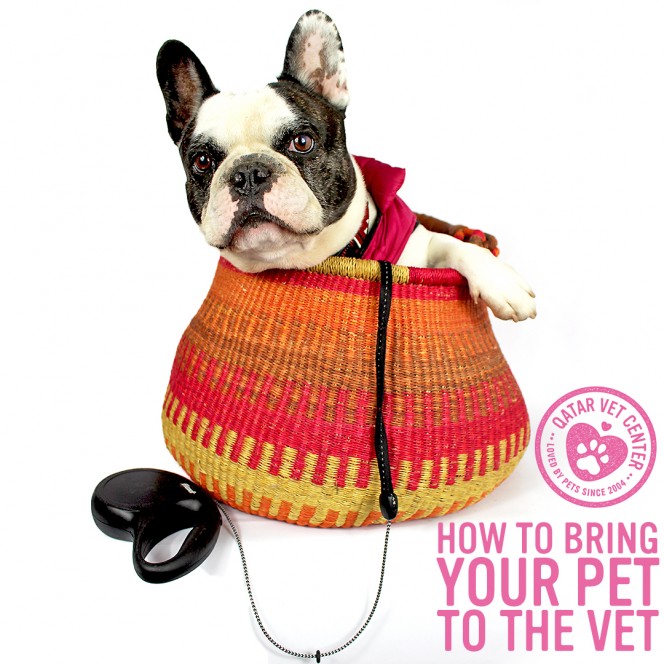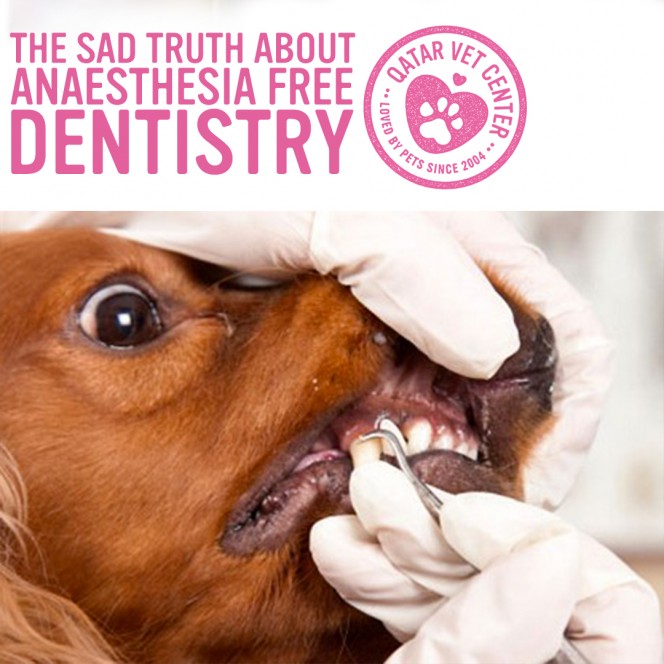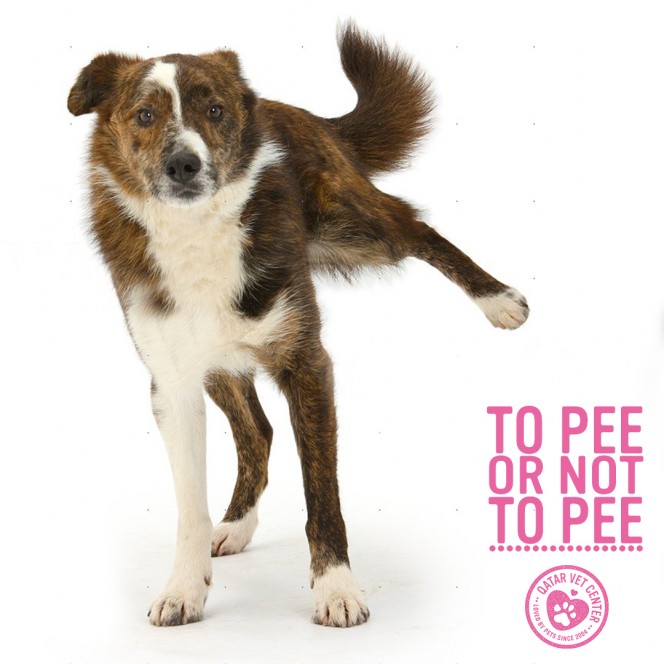At Qatar Veterinary Center we understand that getting your pet into the clinic can be a stressful event. There are some really important tips to keep both the animals and the clients safe while here at the hospital. All dogs must be on a leash or in a carrier. The leash must be of normal length ( 2 meters) in order to maintain good and easy control. Retractable leashes are not a great choice for Vet visits and can cause injury to both the pet and the owner while providing very little control. Although your dog may be very friendly and listen perfectly when off leash, there may be other dogs here in the waiting room, who do not. All cat patients must be in a carrier. Cats who are carried in loose in the owners arms may suddenly become afraid or upset and can easily run away from the owner at a moments notice. This can also happen in the parking lot. It is important to keep your cat in the carrier with the door closed until you reach the exam room. The carrier should have a towel or pee pad in the bottom and may have something familiar to the pet like a toy or bed. It is not necessary to provide litter inside the cage, as this often becomes messy. Most pets do not require food or water for their short trip to the Vet, this often gets spilled and causes the pet to get wet. Birds should be in a travel cage, this is generally smaller than the cage that they may live in at home and does not contain toys and other obstacles, making it easier for the Veterinarian to capture and handle the bird safely. Small exotics such as rabbits and hamsters should also be in a smaller travel cage. Following these tips can help to make your visit to QVC a safe and positive one.
Dr. Sam, DVM
Dentistry and Anesthesia
Here in Qatar, like in other countries around the world, we are starting to see a rise in the “anesthesia-free dental”. This is a procedure that is often offered by groomers and pet stores where they attempt to clean your pet’s teeth while fully awake. This is not the same as tooth brushing. These businesses often play on a pet owners fear of anesthesia in order to promote this procedure. The problem is, that doing a proper full dental exam, ultrasonic cleaning, and polishing on a dog or cat who is awake is impossible. Without anesthesia this procedure is dangerous in that it is not thorough and all dental problems are often completely ignored. While it may make the areas of the teeth that are visible to the owner look whiter and brighter, this is just cosmetic and does not help your pet. The tongue side of the teeth will not be properly cleaned, under the gum line (the most important area) will not be properly cleaned, and each tooth will not be examined by a veterinarian in order to look for dental disease. No extractions, if needed, will be performed. Owners are often fooled into thinking that everything is going well with their pet’s teeth after they have paid to have this done, when in fact they may be suffering daily in silence from infection and chronic pain coming from the roots of the teeth.
A proper dental evaluation and cleaning must be done under anesthesia by a licensed veterinarian. Your QVC vet can evaluate your pet’s health with a good history, full body exam, and possibly blood work prior to a dental. Then they can decide on a balanced anesthesia plan that is best and safest for your cat or dog. Please do not be fooled, “anesthesia-free dentals” are dangerous to your pet’s oral health and are never appropriate.
Dr Sam, DVM
 Pee Pee ProblemsAt Qatar Veterinary Center we see plenty of appointments that are marked as “trouble with urination”. These issues can come up for both cats and dogs, and can include a wide variety of problems.
Pee Pee ProblemsAt Qatar Veterinary Center we see plenty of appointments that are marked as “trouble with urination”. These issues can come up for both cats and dogs, and can include a wide variety of problems.Sometimes it can be behavioral. In dogs this can include troubles with potty training puppies or older adults who are newly adopted. In cats it might be arguments between cats, marking of territory, not enough litter boxes, or the wrong type of litter.Urinary problems could instead be a medical issue. Dogs often get bladder infections, crystals in their urine, or even bladder stones. Sometimes dogs, especially spayed females, can have urinary incontinence, where they leak urine when they are relaxed. Cats tend not to get infections, but instead get blood in their pee. Male cats are also well known to have urinary blockages, where they try but can not pee at all, and that’s a life and death situation.Many urinary issues are painful to your pet, and some are really dangerous their health. They are also often stressful to the pet owner. If you see signs that your pet is having issues with peeing such as urinating in strange places, urinating small amounts, urinating with blood, or straining to urinate, it is important to make an appointment with your Qatar Veterinary Center Veterinarian. If your pet is unable to pass any urine at all then it must be seen as an immediate emergency! Your pets urinary health is always our concern.
Dr. Sam, DVM
